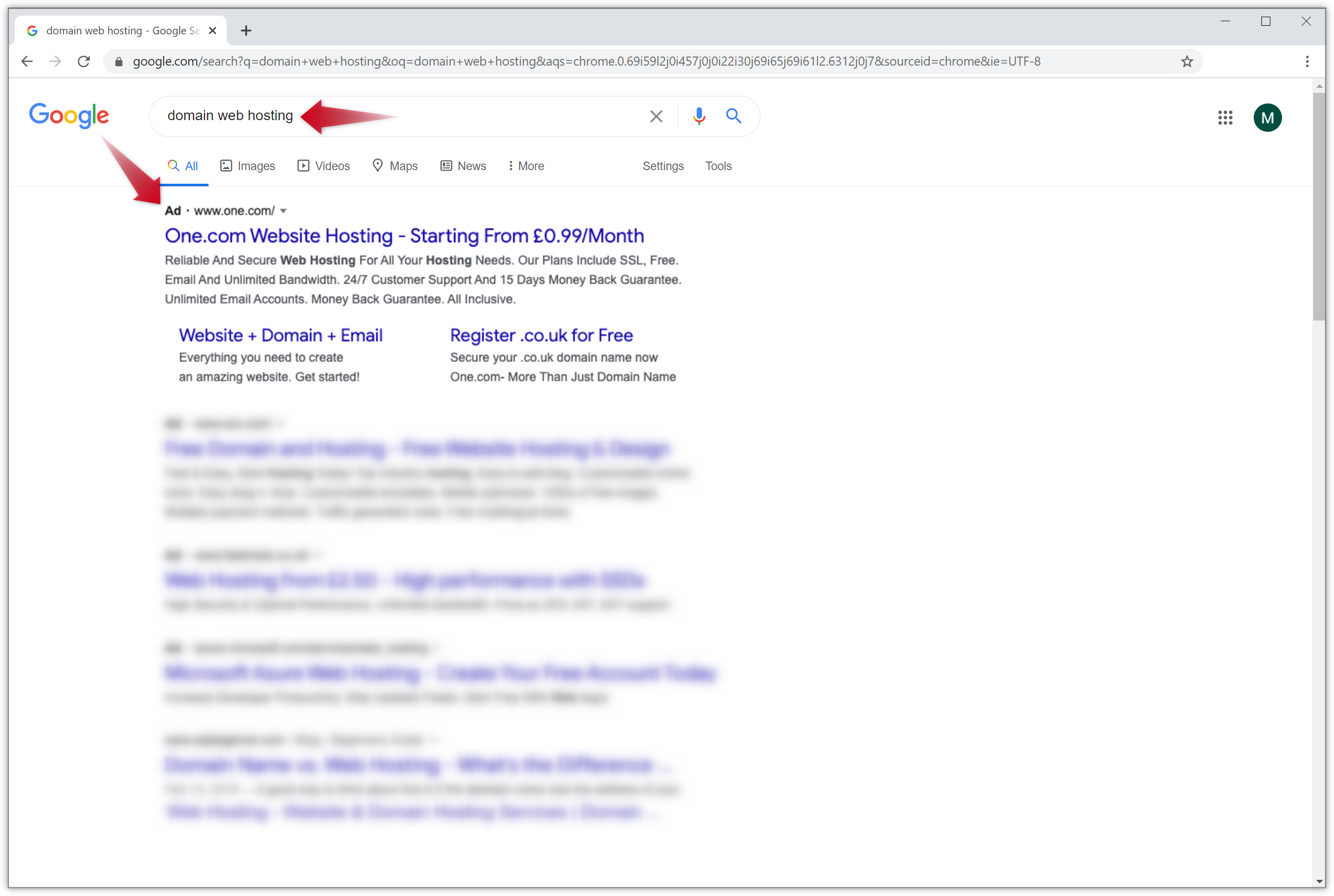
A good advertisement is one that makes use of accurate and current data to help sell a product. Prescription drug advertisements that detail the potential side effects of the drug are examples of this type advertising. Another example is a Toast commercial that clearly describes all of the features and services of the product. A factual advertisement is also known as an informative ad campaign.
Informative advertising must include accurate data and information.
Informative advertising is used to persuade consumers to buy products or services. It relies on facts and data to prove the value of the product or service. It also builds credibility among the consumers and establishes a brand's authority. The right informational advertising campaign can improve sales, brand image, and reputation. You can get the most out informative advertising if the data and information you use are accurate.
Informative advertising can be just the same as persuasive advertising if it is done well. Informed consumers are more likely to trust a brand based on facts and data, rather than emotional ploys. It is vital to find out what information is most relevant to your specific needs and interests so that you can create a campaign on that basis.

Prescription drug commercials discuss side effects of drugs
You won't see ads about side effects for prescription drugs unless you are paying attention to television ads. These ads have been shown on TV for more than 20 years and have been approved and authorized by the Food and Drug Administration. They must include the "brief" prescribing information for each drug. This information should include the following: what to lookout for in a medication, how to use it and rare but serious side effect information. The information must include links to other sources for more information about the drug.
Pharma companies are motivated to promote the benefits and efficacy of their drugs. It is not easy to mention side effects in pharmaceutical ads. Prior to 1997, the FDA began to regulate drug advertisements. It wasn't required that drug companies list adverse side effects. The FDA's drug advertisement guidelines now require that drug advertisements contain a brief overview of the drug’s benefits and risk. The requirement does not prohibit companies from omitting side effects.
Toast advertises all of its features and offers
The Toast advertisement provides a great overview of all features and services. Toast's Order & Pay feature is a highlight. This allows customers to place orders online while still inside the restaurant. The software also gives the restaurant real-time data about customer habits and menu items. The software can also send reports and analytics. Toast has some limitations. It is not able to connect with third party payment processors and it costs too much.
First, the Toast advert focuses exclusively on restaurants, making it an ideal choice for those looking for contactless payment. It is also designed for customer loyalty. The customer support team is available to you as a paid subscriber between six a.m. (Monday through Friday) Customers have reported prompt responses. The system also includes a resource library as well as an online forum for support and questions.

Salesforce ad campaigns can be considered one the best examples informative advertising
Informative advertising is based on facts that educate the viewer about the product or services. This advertising can be just as effective as persuasive, but it has the advantage of building trust. Knowing what information consumers use is key to creating informative ads that work. The majority of car ads don't provide a technical specsheet for potential buyers. Instead, they highlight the product's features and benefits.
Informational advertising is a great tool to attract a customer's interest, pique his curiosity, and convince him to buy a product. For example, alcohol companies can use informative advertising to inform viewers about the dangers associated with drinking. Software companies, for example, can use informative ads to inform customers about their latest products and how they impact their bottom lines. Be careful, however, not to include misleading or false information in informative advertising because it can backfire against a company and damage its reputation. A prime example of bad information advertising is the use of fake news in advertising.
FAQ
What is radio advertising?
You should understand how the different types of media affect each other. All media forms can be considered complementary, rather than competing.
Radio is best used as an extension of television advertising. It complements TV by reinforcing key messages and providing additional information.
For radio listeners, TV commercials can often be too long. Radio ads are often shorter and cheaper.
What is an advertiser buyer?
Advertisers buy advertising space on television, radio, and print media.
An advertiser pays for the time they want their message to appear.
They do not always look for the best ads, but are looking for the most effective to reach their target audience.
An advertiser might have details about potential customers, including their age, gender and income.
Advertisers can use these data to determine the best medium for them. For example, they might decide that direct mail would be more effective with older audiences.
Advertisers also take into account the competition. Advertisers may choose to place ads near competitors if there are similar businesses in the area.
In addition, advertisers consider the size of their budget and the amount of time they have to spend their money before it expires.
What is advertising's main purpose?
Advertising is more about connecting with customers than just selling products.
Advertising is about communicating your ideas and values to people who already care about what you have to say. Advertising is about changing people's minds and attitudes. It's all about building relationships.
It's all about helping people feel good.
You can't sell to your customers if you don’t know their needs.
You must first get to know your customer before you can start advertising projects.
Then you can design ads that will resonate with them.
What do you need to know about internet advertising?
Internet advertising has become an integral part any business strategy. It is a cost-effective way for companies to reach potential customers. There are many kinds of internet advertising. Some are free, while others require payment.
There are several options for advertising on the internet. These include banner ads, pop-up advertisements, search engine optimization (SEO), PPC (pay-per-click) advertisements, social media and mobile marketing. Each method has its pros and cons.
What is an ad campaign?
A campaign is a series advertising messages that are designed to promote a product. It can also refer entirely to the production of such ads.
The term "ad" comes from the Latin word for "to sell." Marcus Terentius Varro (116–27 BC) was the first person to use it. It meant "to sell".
Advertising campaigns are typically done by large agencies and companies. These campaigns may include many media types such as print, television, radio and the internet.
Advertising campaigns are typically long-lasting and have clear goals. Some campaigns are designed to increase awareness, while others aim to increase sales.
Is it possible for traffic to be free?
Refers to traffic that comes from organic search results, without the need for advertising. This traffic is known as natural or organic traffic. There are many methods to obtain free traffic such as article marketing or social media marketing.
Article marketing is one of the most effective ways to get free traffic. This is because it has a very low cost per click (CPC). The CPC is usually very cheap compared to paid ads. Article marketing is also known as content marketing.
Social Media Marketing - These social media sites, such as Facebook, Twitter or LinkedIn, allow you to advertise your business. You can use these platforms to post updates, share photos and build relationships with people who may become potential customers. Many businesses decide to purchase advertising space on social media sites to reach a wider audience and at a much lower cost.
Blogging - Blogging is another great way to generate free traffic. Quality content that is enjoyable to read will attract people. You can start to monetize your blog with the sale of products or services after you have attracted readers.
Email Marketing - Email marketing has been around since the early days of the Internet, but today it still remains one of the best ways to drive traffic to your website. It is a great way to increase your subscriber base and sell products.
Social media is a great way to advertise your business.
Social Media Marketing is a way to reach customers on social media platforms such as Facebook and Twitter. You can also target specific segments within these networks with keywords.
Because this advertising method costs less online than traditional methods, it's more cost-effective. You can also build strong relationships and trust with your clients, both current and prospective.
It's easy to start using social media to promote your business. All you need to get started with social media is a smartphone or a computer, and an internet connection.
Statistics
- In 1919 it was 2.5 percent of gross domestic product (GDP) in the US, and it averaged 2.2 percent of GDP between then and at least 2007, though it may have declined dramatically since the Great Recession. (en.wikipedia.org)
- Advertising spending as a share of GDP was about 2.9 percent. (en.wikipedia.org)
- Worldwide spending on advertising in 2015 amounted to an estimated US$529.43 billion. (en.wikipedia.org)
- It's 100% reliant on your website traffic. (quicksprout.com)
External Links
How To
How to run ads that are paid
Paid Advertising is any marketing activity that involves paying money. Paid advertising can include purchasing ad space on websites or placing ads in magazines or newspapers. You could also pay someone to promote your company online. You can also pay for paid advertising through email marketing, social media, display advertising and search engine optimization (SEO), as well as mobile app promotion and influencer marketing.
To ensure your campaign works well, you should know how much it costs and what kind of results you expect. Also, consider whether you can get enough return-on-investment (ROI), to justify the expense.
Before you begin a paid advertisement campaign, first determine if there are potential customers for your product/service. If you have no idea, then start with free advertising like posting flyers around your neighborhood, making announcements at school, or sharing your message through social media sites.
Once you understand your target audience you can determine the best way for you to reach them. Advertising in classifieds in local newspapers is a good way to advertise if you sell organic food. On the other hand, if you sell cosmetics, you might choose to advertise on TV or radio stations.
After deciding who you want your message to reach, determine how much you can spend. There are many ways you can calculate your budget. One method is to divide the total amount you plan to spend into daily, weekly, monthly, quarterly, or yearly amounts. A spreadsheet program is another option.